Messy Kids? 3 Reasons They Come Home Dirty
Busy parents all know the extra stress that comes with keeping messy kids looking their best – best as in, not covered in dirt, mud and who knows what else.

Get the latest facts on germs and learn how to help protect the ones you love from illness.
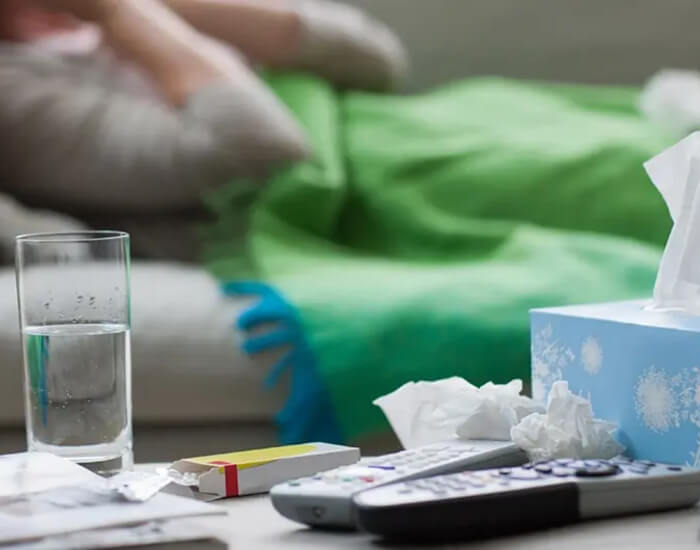
Busy parents all know the extra stress that comes with keeping messy kids looking their best – best as in, not covered in dirt, mud and who knows what else.
As a mom, you may clean the kitchen and bathroom regularly, and you certainly wash your hands before eating and after using the toilet. However, there is no avoiding the fact that your family will come into contact with germs throughout their day to day life.
Diaper changing can offer a host of challenges, especially when you’re on the go. That’s why always being prepared is important.
Every day a child is absent from school, they miss out on valuable educational lessons. Preventing flu from spreading at school is important for your child’s education.
In a busy household, your bathroom and kitchen sink faucets/taps get a lot of usage, making them a hotbed for germs.
Stainless Steel is popular for its clean look and durable material, but as one of the most commonly touched areas in your home – you’ll want to know how to keep it safely disinfected, as well as how to ensure it stays looking its best, for as long as possible.
How to clean wood floors tends to depend on the type of finish. In this article, we’ll show you how you can clean polished or non-porous wood flooring.
Doorknobs have a high concentration of germs that could start spreading, particularly if you have family members or guests that are sick.
Easy ways to put that nesting energy to good use and get the world ready for the baby to come home.
Teaching kids to clean doesn't have to feel like a lecture. Whether they realize it or not, kids already have a pretty fair understanding of germs – they just have a different name for them: Cooties
There’s nothing quite like cleaning tile grout to get your bathroom or kitchen looking spick and span. This is because those annoying little grooves can easily end up getting dingy, dirty and moldy, resulting in the whole space looking grubby.
Germs are everywhere, and the classroom is no different. In fact, due to this being such a high traffic area, it’s likely that there are more germs here than many other places. That’s why it’s so important for the safety of both pupils and teachers to keep hygiene levels up in schools.
Ideally, you and your family should help prevent cold and flu by following the important Cold and Flu Prevention Tips. However, there may be occasions where you or someone in your family gets sick with cold or flu.
The common cold is … common, but how much do you know about colds?
Teaching children about germs and good hygiene habits is an important way to help prevent the spread of germs in school. This presentation is an introduction to germs, how they are spread and what can be done to prevent the spread.
There never seems to be enough hours in the day to get everything done! Lysol shares helpful tips for a clean home in no time at all.
Get the world ready for your crawling, walking, curious baby.
The only way for students to form healthy habits is by doing healthy things every day. This K-1 lesson helps students focus on the need to repeat healthy behaviors often and brainstorm ways to incorporate healthy habits in their daily routine.
Good hygiene habits help keep away germs that can make us sick. Pre-K children will learn about the good hygiene habits that prevent the spread of germs and keep us healthy; such as covering sneezes and coughs, disposing of used tissues, and avoiding sharing drinks and food.
Over time porcelain is prone to stains that can detract from its usual bright white look, so it’s important to know how to look after it properly, as well as cleaning it with the right chemicals so that no damage is done.
Germs, bacteria, stains, spills, soap scum, kitchen grease, you name it—everyday filth and grime shows up everywhere. This is why you need cleaning wipes that can take on messes on surfaces throughout your home.
Time to get the world ready for a whole lot of messy meals with baby
Maintaining a clean environment in your home as a new and working mom can certainly seem like a daunting task at first. Reference these cleaning tips for working moms by Lysol® in order to keep your home clean and spend more time with your loved ones.
The arrival of a new baby is an exciting time, so you can count on a lot of visitors lining up to meet your little one. This might seem a little daunting as you try to adjust to life as a new mom, but there are a few things you can do to take the pressure off having visitors to the house.
Dracula can do it, so can the kids in your classroom! This poster from the CDC Foundation reminds kids to cough and sneeze into their elbow and not their hands, like a vampire.
Though the terms may seem interchangeable, there’s a big difference between cleaning, sanitizing, and disinfecting. We're breaking it down and explaining why it’s important to know the difference so you can help keep your family protected and your home truly clean.
Hard to spell. Easy to kill* with Lysol®. Lysol® kills 99.9% of viruses & bacteria, including MRSA!
Be it for work or summer vacation, constant traveling can leave your body feeling run down and fatigued. Out of your routine and out of your element, your immune system is barraged by new bacteria and germs.
Use these virus tips to know how viruses spread and how to disinfect and clean your home for viruses.
As a parent, you naturally want your kids to grow up healthy and happy. This means staying diligent about things like immunizations and checkups, teaching them about germ prevention, and giving them a good foundation for healthy eating and fitness.
Children sometimes rush through their hand wash routine, falling short of the twenty second recommendation. These six wash and play activities give them something to occupy their minds while encouraging them to think about germs and hygiene.
Students will learn that tiny germs can be spread both in the air and on surfaces. Without practicing healthy habits, such as handwashing, we risk getting sick. In this lesson, students will learn about the reasons we wash our hands, the correct way to wash our hands, and how to promote handwashing.
Get the world ready for sharing toys, not germs, with this fun method for teaching hand washing.
To complement good nutrition and help keep students’ bodies healthy (see Building the Breakfast Habit), students learn that getting up and moving gives them energy and helps them feel great as they work to incorporate simple activities into each day.
If you spend all day with young children you've probably been exposed to a lot of germs. It doesn't help kids to learn when they miss school and it can be tough for kids to learn when their teacher misses school too.
Cold and flu season is time for us to be even more conscious of the harmful germs that pop up - which means stepping up your cleaning conduct and approaching germs in the classroom and at home in the right way.
Once you start using it, you’ll be bringing your stroller everywhere—and that can mean picking up a whole lot of germs.
Your little one spends so much time sleeping that their sleep environment is very important. We’ll show you how to clean a crib mattress and keep it safe from bacteria and germs.
While good germs can help our bodies stay in balance and build our immune systems, bad germs can cause a breakdown in our bodies, leading to illness and infection.
Especially during the winter months, you might hear about an illness known as Respiratory Syncytial Virus, or RSV. This virus is one of many that causes respiratory illness in the nose, throat and lungs.
Invisible to the naked eye, germs are hiding around just about every corner. But if you can't see them, where are germs exactly? Where do germs hide? Some of the most common places may surprise you!
The common cold starts when a person is infected with the virus, and how you catch a cold varies from case to case.
Proper handwashing requires 20 seconds of lathering. This project helps make spending time with soap a fun activity, rather than a chore.
To promote handwashing, students will understand how easily germs can be passed via hands. Afterward, they’ll focus on handwashing practices — so that they can pass the word, but not the germs!
Germs are so tiny we can’t see them. But by substituting a spray of colored water for a sneeze, students can see that germs can live and spread anywhere.
Hands are one of the biggest carriers of germs, especially little hands that are busy playing and exploring. That’s why it’s important to make hand washing fun for kids, otherwise the lesson won’t stick.
Teaching healthy habits for life means starting at a young age. Unfortunately, hygiene isn't a top priority for kids. But don't give up too easily. Hygiene isn't just about maintaining appearances – it's an active way to prevent the spread of viruses and bacteria.
Four secrets to a stress-free home.
As a mom, you want to do everything possible to keep your children happy, healthy and free from both the cold and flu. As your children grow and start to interact with the outside world, one of the biggest concerns for moms is the germs that children will come into contact with at day-care or at school.
The Big Idea: Students will take what they have already learned* about proper handwashing steps to the next level by sharing their knowledge and communicating healthy messages to their peers, school, family and community with a creative poster campaign.
This printable Unscramble the Words puzzle gets kids to think about the healthy behaviours that can help keep them clean.
This printable Connect the Dots puzzle gets kids to find the germ hotspots in your classroom, and where they can wash their hands to prevent bad germs from spreading.
From inside your digestive system to your home, bacteria can be found everywhere. Let’s take a look at what bacteria are, how they are spread, and the ways you can help keep bad bacteria at bay with the help of Lysol®.
As winter weather begins to creep in, so do cold & flu germs. Did you know that these unwanted winter guests can sneak into your home unnoticed? It's like having a sick family member you don't even know is there.
Already have your school supply list? Or dreading creating it from scratch? We have two new and easy ways to help you.
Many people mistake the common cold for the flu. Though both are respiratory illnesses, they are caused by different viruses.
DESIGNED FOR 1ST and 2ND GRADE CLASSROOMS
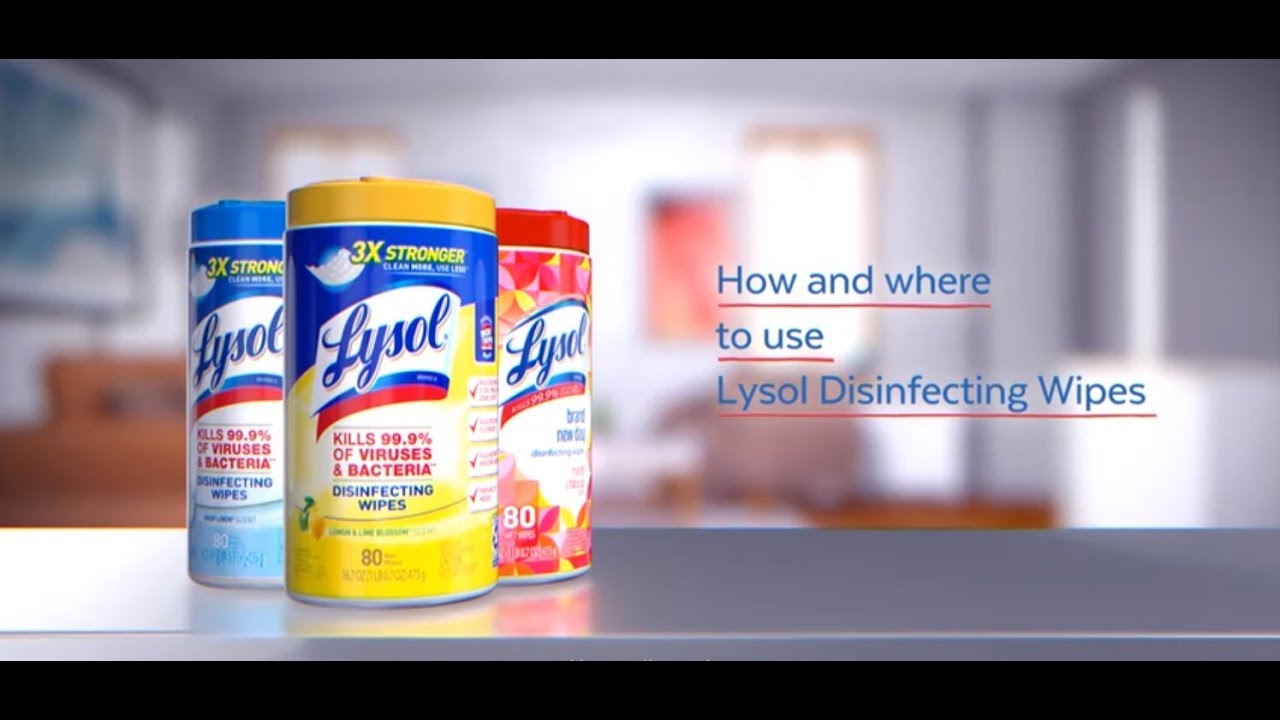
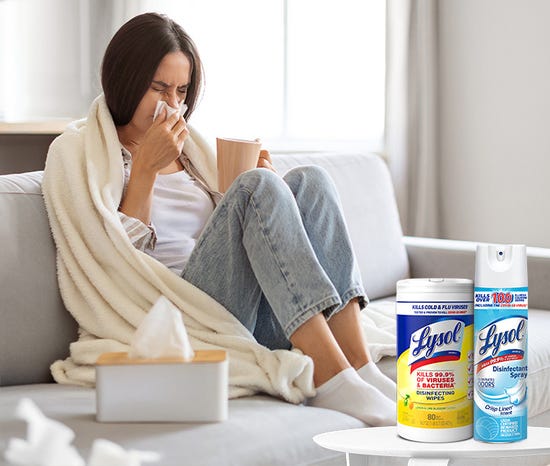

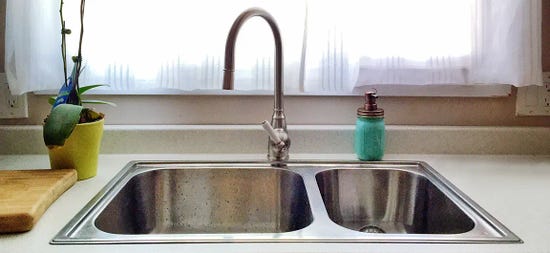

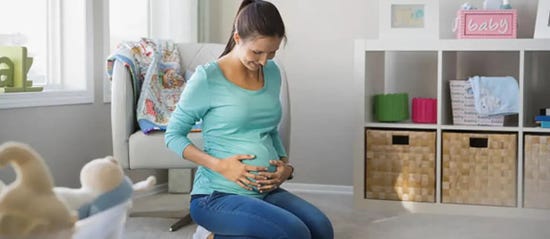
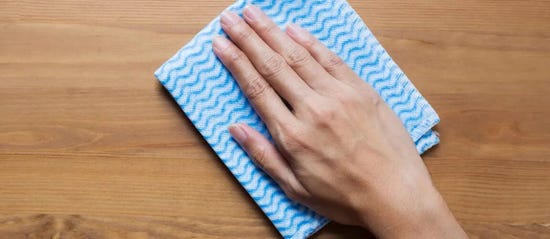
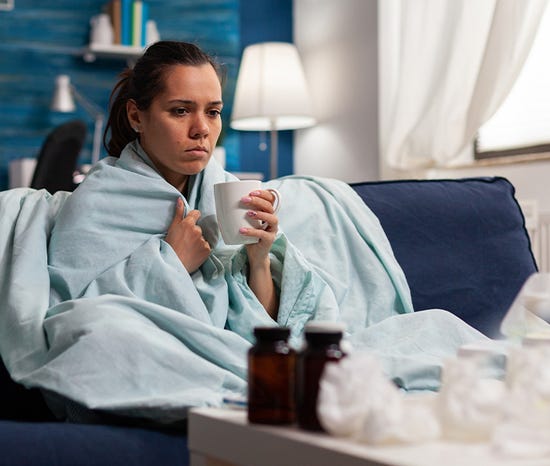
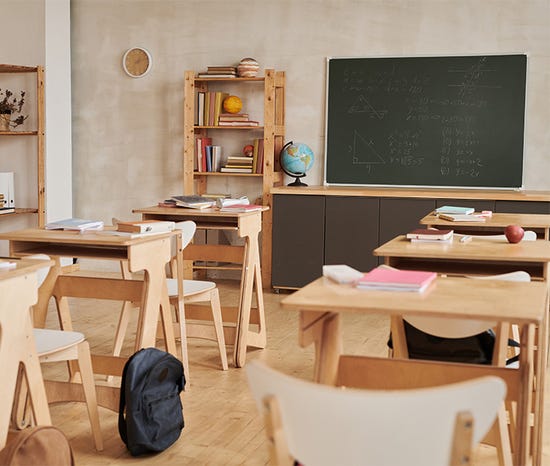

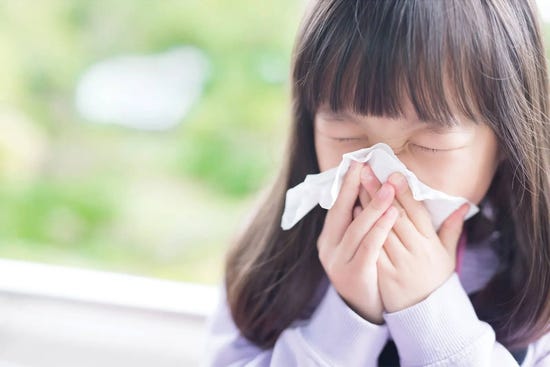


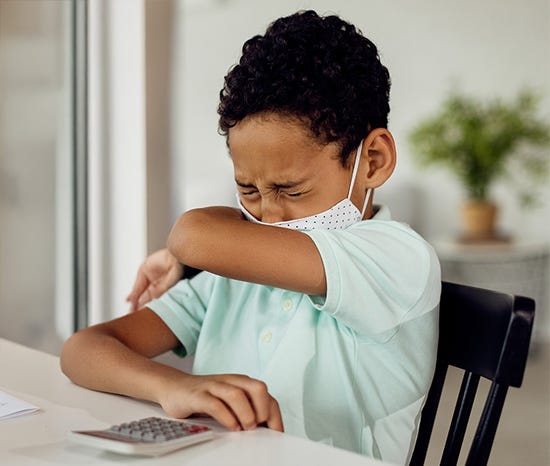
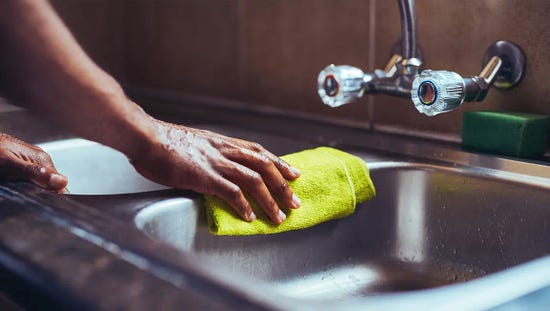
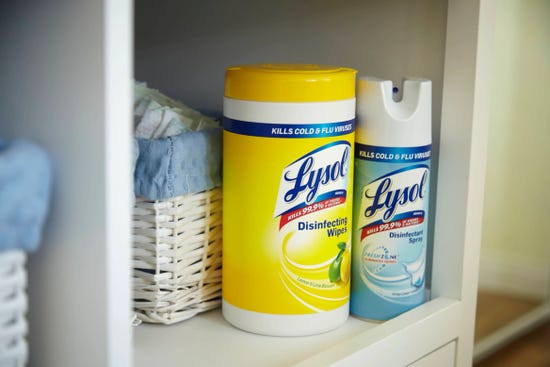
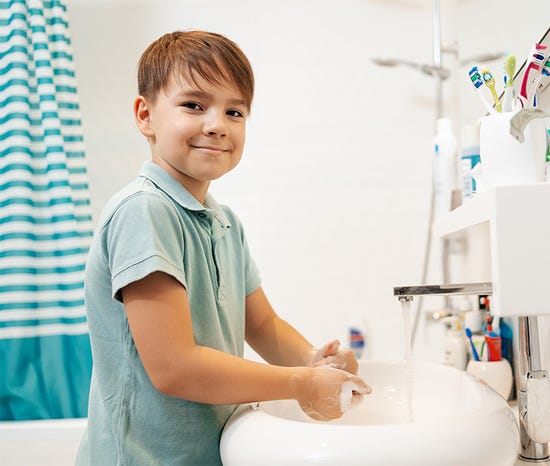
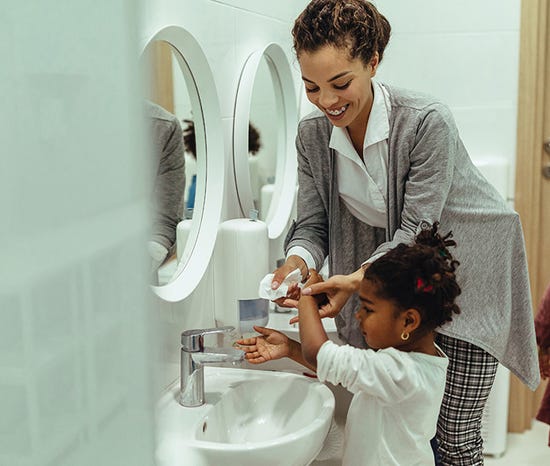


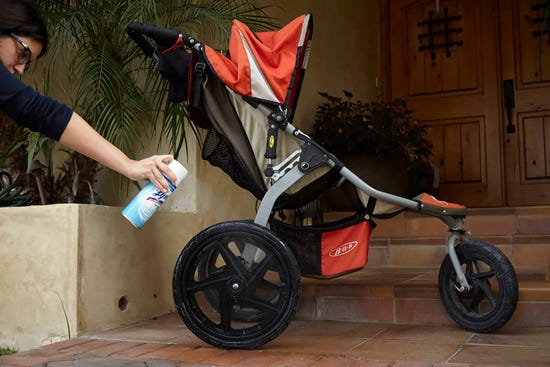



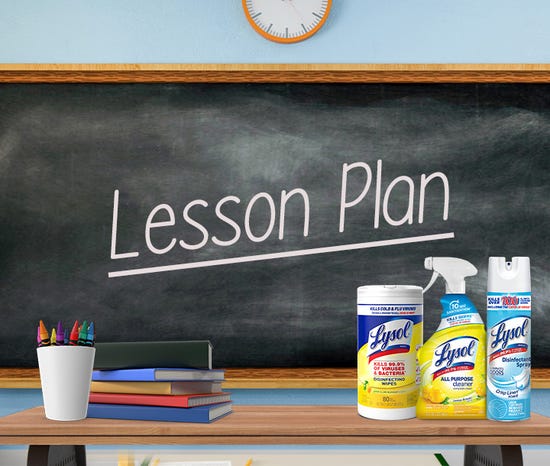
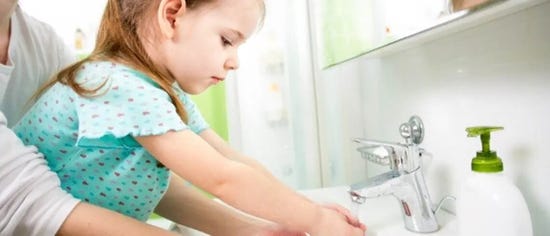


.png?width=550&height=377&format=png&quality=80)